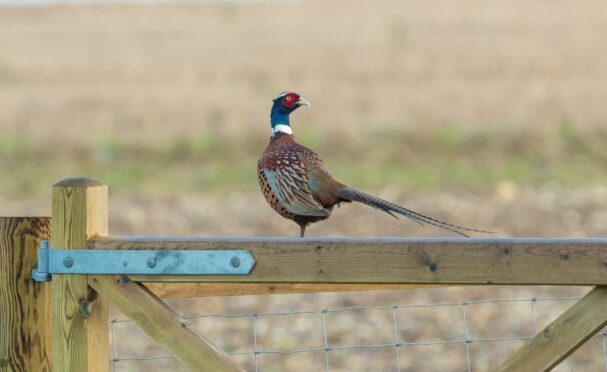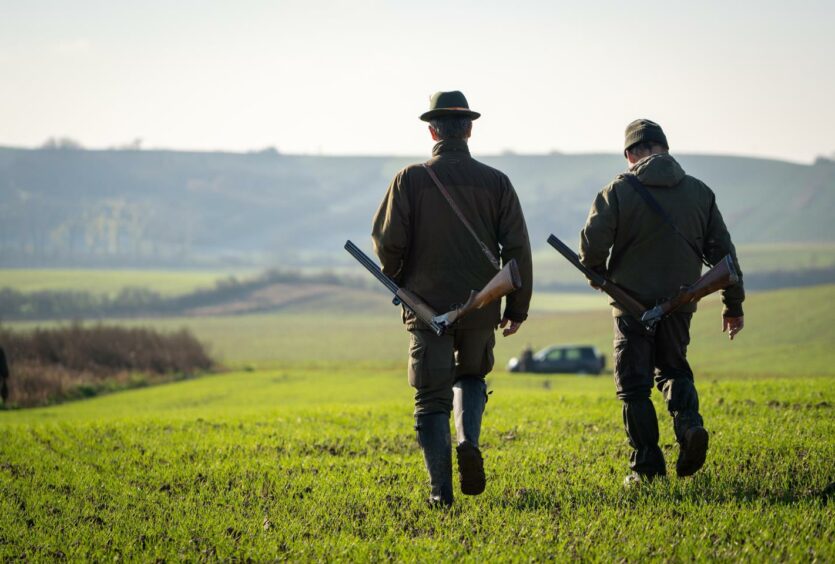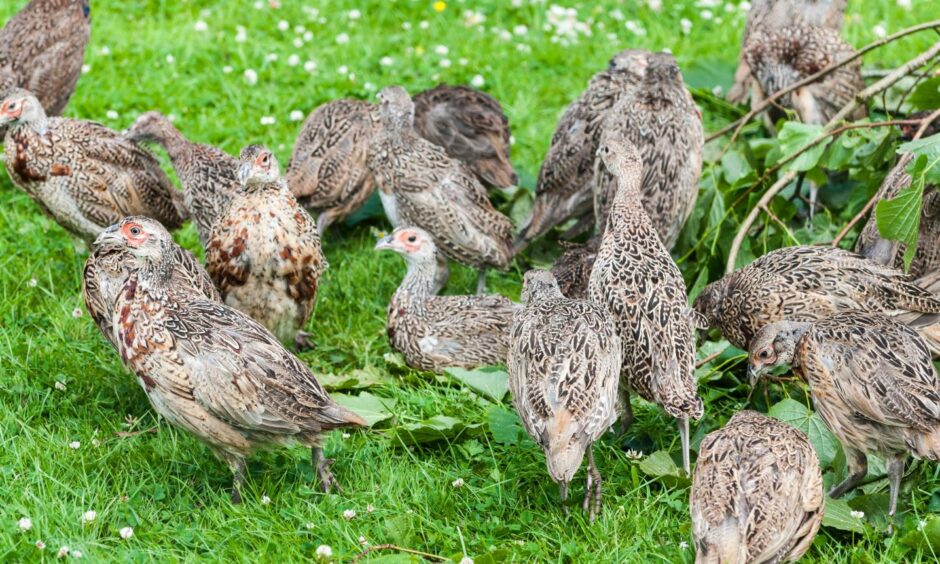Game shooting makes a valuable contribution to Scotland’s rural economy and landscape through employment and attracting visitors at a time of year when others are often staying at home.
Gamekeepers also have a valuable skill set that is appreciated in rural areas but is in danger of dying out.
Whenever lowland deer numbers need controlling, or a canny foxy learns how to access someone’s pet hens, or moles threaten the prize-winning vegetables in an allotment, it is often a local gamekeeper who comes to the rescue.
A well-managed shoot releasing a moderate number of reared game birds can operate without causing harm to agriculture or other neighbours.
Indeed, often the sporting tenant is also the agricultural tenant, which shows that the two interests can co-exist.
However, there are a handful of intensive commercial shoots around the country where the numbers of reared birds has increased into the tens of thousands and the shoot managers show little concern for the damaging effects of such numbers of reared game on tenant farmers and other neighbours.
I know of someone who became so annoyed by the hundreds of reared pheasants destroying his garden that he rounded up 300 of them into a trailer and released them in their rightful owner’s garden several miles away.
It made little difference as another 300 appeared in his garden a day later, but he made a point.
In the south of Scotland where I farm there are arable farmers who have abandoned growing oilseed rape due to the damage caused by young pheasants released when the crop is at the seedling stage.
Similarly there are sheep farmers who can no longer grow turnips to fatten lambs due to pheasant damage and beef farmers who can’t take a second cut of silage from fields near release pens due to the mess that thousands of juvenile pheasants leave behind.
With increased game bird numbers, release pens rapidly become overcrowded. And ever younger birds are being released earlier in the season leading to greater opportunity for game damage.
Livestock farmers find themselves having to move stock around on a weekly basis to make way for teams of shooters, and a growing number are convinced that high levels of reared game are causing disease outbreaks.
In the case of commercial poultry production, the disease risk from reared game birds is well established.
The financial harm to farm tenants from intensively managed shoots is significant.
Some farmers on the arable east coast reckon the presence of an intensive shoot can reduce crop income by more than £50 per acre across the farm.
For over a decade I managed 750 acres of arable cropping alongside a commercial shoot which I estimated was reducing arable income by £30 per acre.
In the days of farmer arbiters, which is now more than a generation ago, claims for deer and game damage by tenant farmers were common and the decision on the award was left to the expert judgement of the arbiter.
Now, a tenant is expected “to prove” the game damage – an almost impossible bar.
Furthermore, under tenancy legislation, claims for game damage are limited to crop damage but it is now clear that game damage can extend to more than just crops.
The Scottish Tenant Farmers Association (STFA) has asked Scottish Government to review the legislation and process governing a tenant farmer’s claim for game damage.
Given that the problems relate to a small minority of shoots I would hope that the shooting lobby as a whole would support any changes necessary.
- Christopher Nicholson is chairman of the Scottish Tenant Farmers Association.


